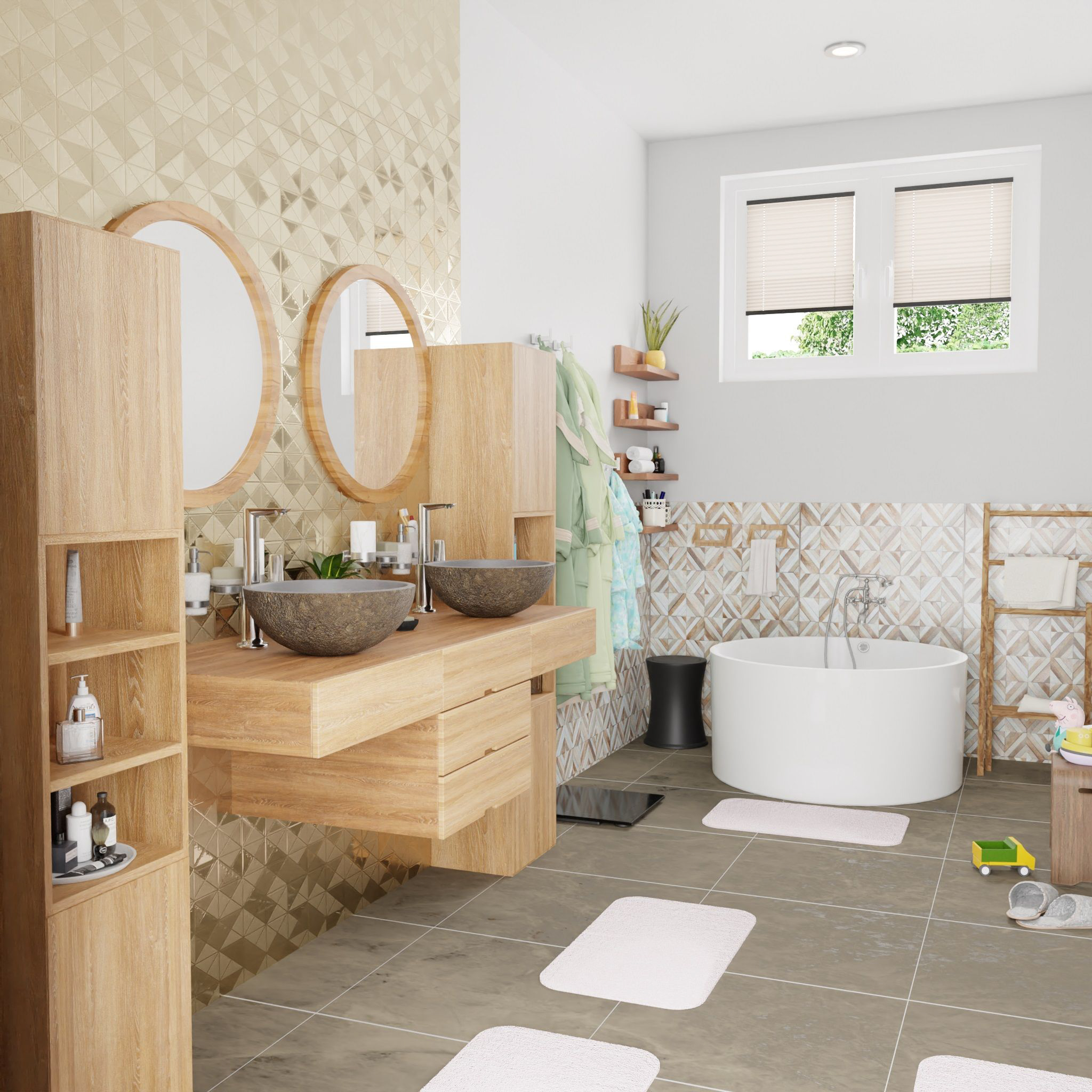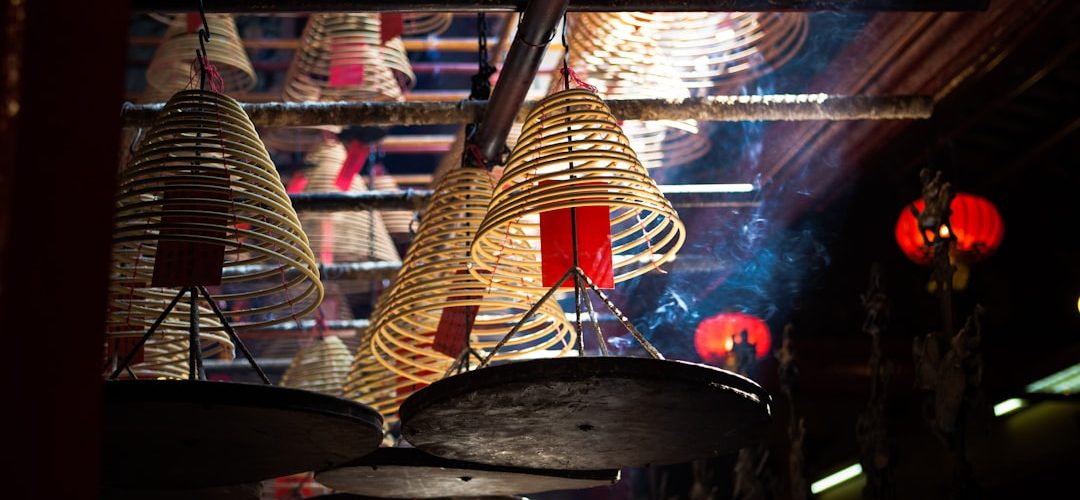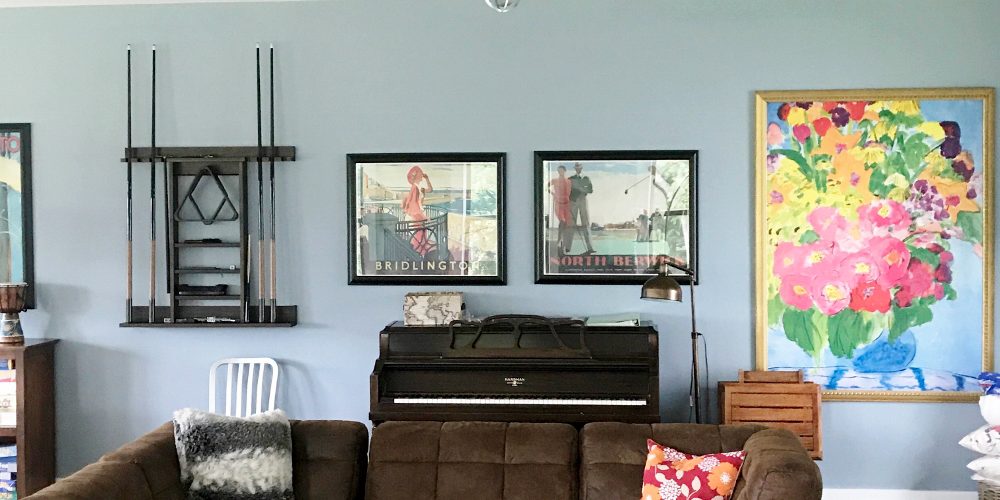
Shining in Every Dimension: Exploring the Fascinating World of LED Cube Lamps
Introduction
LED cube lamps have become increasingly popular in recent years due to their unique and eye-catching design. A LED cube lamp is essentially a matrix of LED lights that are arranged in a cube-like shape. When the lights are turned on, they illuminate the cube, creating a mesmerizing visual display. In this article, we will explore the history, design, and technology behind LED cube lamps.
History of LED Cube Lamps
LED (light-emitting diode) technology was invented in the 1960s, but it wasn’t until the 1990s that LED cube lamps began to gain popularity. The first LED cube lamp was created in 1999 by a Japanese engineer named Tomomi Sayuda. Sayuda’s cube was a 3x3x3 matrix of LEDs that could display flashing numbers and letters.
Since Sayuda’s invention, many designers and hobbyists have created their own LED cube lamps. Today, LED cube lamps are widely available in various sizes and shapes, ranging from small desk lamps to large floor lamps.
Design of LED Cube Lamps
The design of LED cube lamps is based on a matrix of LEDs arranged in a cube-like shape. The number of LEDs used in a cube lamp can vary depending on the size and complexity of the design. The cube is made up of multiple layers, with LEDs soldered onto each layer. The layers are stacked on top of each other, with each layer offset slightly from the previous layer.
The cube is controlled by a microcontroller, which sends signals to the individual LEDs to turn on and off in a specific sequence. This sequence creates the pattern or design that is displayed on the cube.
Types of LED Cube Lamps
There are several different types of LED cube lamps. Some are designed to be interactive, allowing users to control the pattern or design of the cube. Others are designed to be more decorative, creating a mesmerizing visual display.
One popular type of LED cube lamp is the 8x8x8 cube, which contains 512 LEDs. This type of cube allows for more complex designs to be displayed, including animations and images.
Technology Behind LED Cube Lamps
The technology behind LED cube lamps is based on the use of microcontrollers and programming languages such as Arduino and C++. The microcontroller is the brain of the cube, controlling the sequence of the LEDs to create the desired pattern or design.
In addition to the microcontroller, LED cube lamps also use multiplexing, which is a technique for controlling multiple LEDs with a single microcontroller. Multiplexing allows for more LEDs to be controlled with fewer microcontrollers, making the design of LED cube lamps more efficient and cost-effective.






